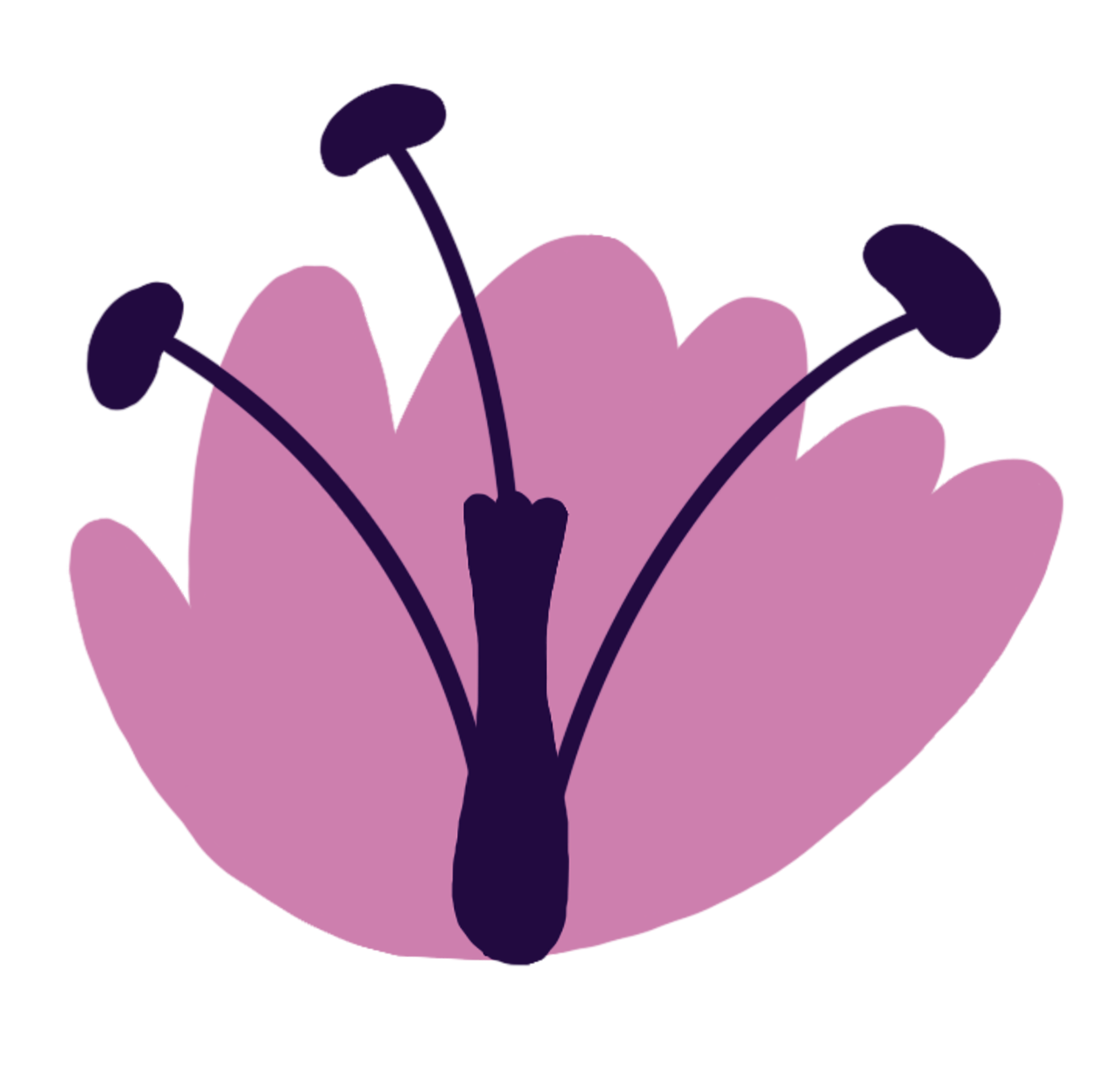
EVOfruland:Evolution of genetic network required for fruit and fruit-like structures development of land plants. Human and animal nutritional needs are mainly based on the human and animal nutritional needs are mainly based on the intake of seeds and fruits which are also sources of other priceless products useful for our own well-being. For the plants themselves, the fruits are a key to seed dispersal and ensure future plant generations. Although fruits show diverse structural and seed dispersal mechanisms across flowering plants it seems that all species might share a common developmental network. Fruits, in the strictest sense, are only present in angiosperms and are mainly derived from the ovary wall. Nevertheless, fruit-like structures, used for seed dispersal are present also in Gymnosperms. This research project proposes to build an intercontinental and interdisciplinary network with the aim to elucidate the evolution of the molecular signaling and the crosstalk among different players that underpin the development of fruit and fruit-like structures. We will focus on: a) the functional evolution of key transcription factors known to be integral for fruit and fruit-like development. To build the Fruit evolutionary conserved Genetic Regulatory Network (FGRN) we will consider core eudicots such as Aethionema arabicum, the orphan crops Lepidium campestre, Solanum lycopersicon and Passiflora edulis. We will include also non-core/early diverging eudicots: Papaver somniferum, and Aristolochia fimbriata and the gymnosperms Ginkgo biloba and Taxus baccata. b) the hormonal signaling involved in the coordination and synchronization of the steps of fruit/fruit-like development c) cell wall pathways involved in pectin maturation and cellulose deposition required for fruit development. We will use a broad set of approaches such as molecular genetics, evolutionary genomics, biochemical and biophysical analyses. The consortium will be engaged in a large program of communication and dissemination of these topics with the involvement and outreach efforts of three Botanical Gardens.
Barbara Baldan (University of Padova, Italy) is the scientific coordinator of this MSCA-RISE action.
Other participants from different institutions are:
Cristina Ferrándiz/Francisco Madueño, from IBMCP (Spain)
Lucia Colombo (Univeristy of Milano, Italy)
Günther Theissen (University of Jena, Germany)
Gerco Angenent (Wageningen Research Institute, Netherlands)
Stefan de Folter (UGA-LANGEBIO, Mexico)
Natalia Pabón-Mora (Univeristy of Antioquia, Colombia)
Barbara Ambrose (New York Botanical Garden, USA)
Adriana Pinheiro Martinelli (University of Sao Paulo, Brazil)
Marcelo Dornelas (Univeristy of Campinas, Brazil)
Vincent Bulone (Univ. of Adelaide, Australia).

European Union, H2020 Programme
H2020-MSCA-RISE-2020-101007738